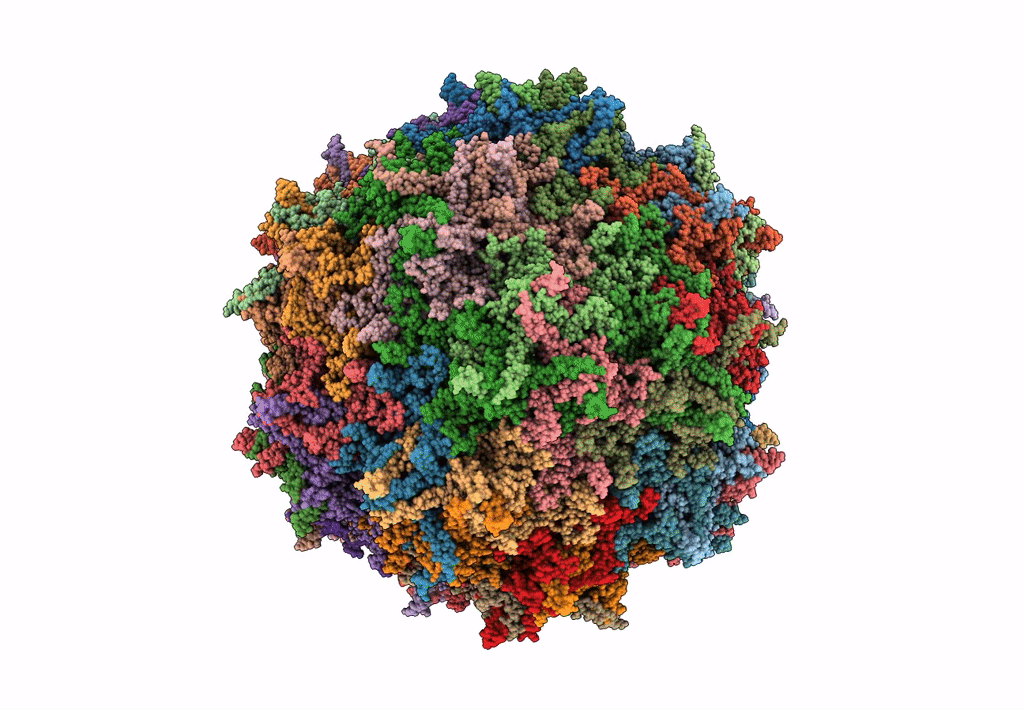
Deposition Date
2021-02-19
Release Date
2021-07-07
Last Version Date
2025-05-28
Entry Detail
Biological Source:
Source Organism:
Adeno-associated virus - 8 (Taxon ID: 202813)
Host Organism:
Method Details:
Experimental Method:
Resolution:
2.49 Å
Aggregation State:
PARTICLE
Reconstruction Method:
SINGLE PARTICLE


